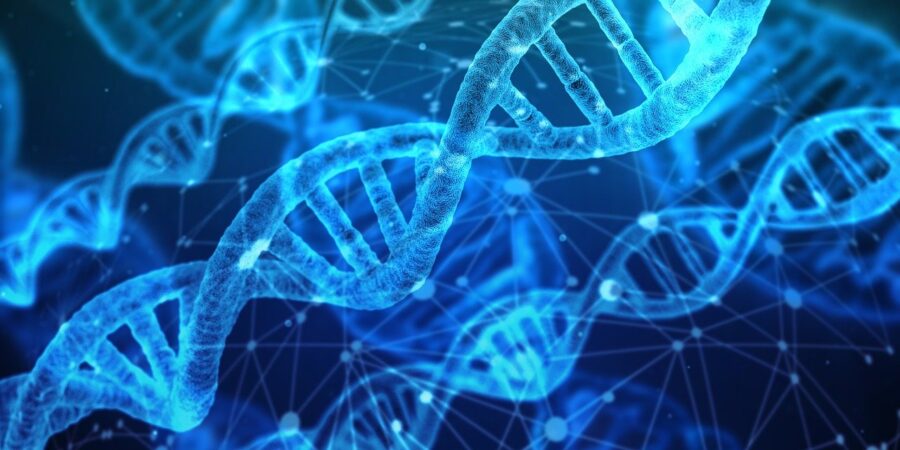Scientists Discover Demon Cells In Humans

Yes, you read that right — scientists have discovered demon cells in humans. And, no, it’s not what you’re thinking; scientists didn’t actually find cells in humans belonging to demonic entities like something out of Supernatural. According to Science Alert, what scientists discovered is a type of cell that acts strikingly similar to a hypothetical “demon” a physicist named James Clerk Maxwell thought up back in the 1800s.
Demon cells are an insidious way to describe a process that defies thermodynamics and has just been observed in cells that make up the human body.
In 1867, Maxwell imagined a minuscule demon with the capability to sort containers of gas by energy type as a way to explain the emerging field of thermodynamics. Fast forward to 2023, and scientists at the École Polytechnique Fédérale de Lausanne (EPFL) in Switzerland have uncovered a real-life counterpart to Maxwell’s demon, hiding within the membranes of our cells.
Maxwell’s demon was a thought experiment where a hypothetical intelligent being controlled a door between two containers of gas. This demon, defying the laws of thermodynamics, allowed energetic molecules to move in one direction and cooler molecules in another, creating energy seemingly out of nothing. In a groundbreaking study led by Paolo De Los Rios, head of the Laboratory of Statistical Biophysics at EPFL, scientists have unveiled a remarkable parallel between Maxwell’s demon and a class of proteins embedded in cells called ATP-Binding Cassette (ABC) transporters.
Once a product of scientific imagination, Maxwell’s demon has found a real-world counterpart in the form of ABC transporters within our cells.
So, how do these ABC transporters resemble Maxwell’s demon? The answer lies in their ability to sort and regulate the flow of molecules, much like Maxwell’s metaphor. Just as Maxwell’s demon controlled the gas container door, ABC transporters govern the movement of molecules across cells. The key ingredients in this process are ATP (adenosine triphosphate) molecules, which provide the necessary energy.

Here’s how the so-called “demon cells” work works: ATP molecules act as the energy source, akin to Maxwell’s imaginary demon, while the biochemical structure of the ABC transporters serves as the measurement, feedback, and resetting mechanism. This dynamic interplay allows these transporters to move molecules against their natural concentration gradient flow, which demands significant energy.
This discovery of demon cells holds significant implications for our understanding of how cells regulate their internal environments. Cells are like tiny, well-organized cities, and the ability to manage molecule import and export is crucial for their survival. The ABC transporters effectively act as gatekeepers, ensuring that the right molecules enter and exit the cell as needed, much like a diligent demon guarding the cell’s door.
Demon cells within humans can help explain how our bodies regulate heat to keep warm or disperse it to maintain a cool temperature.
The discovery of these demon cells is important because it sheds light on the intricate mechanisms at play within our cells. Understanding how these ABC transporters function as tiny gatekeepers helps us grasp the fundamental processes that keep our bodies functioning correctly. With this newfound knowledge, scientists can explore ways to manipulate these processes for potential medical treatments or to enhance our understanding of various biological systems.
Once a product of scientific imagination, Maxwell’s demon has found a real-world counterpart in the form of ABC transporters within our cells. These tiny gatekeepers use ATP as their energy source to regulate the flow of molecules, ensuring that cells can function efficiently. This discovery deepens our understanding of cellular processes and highlights the enduring power of scientific curiosity and imagination in unlocking the mysteries of the natural world.












